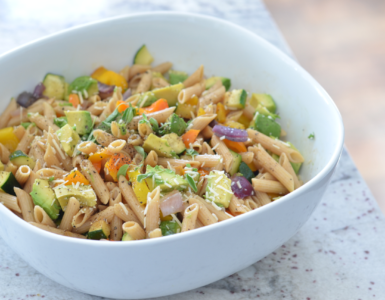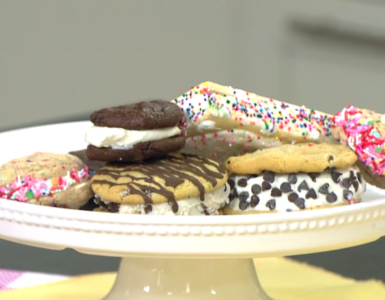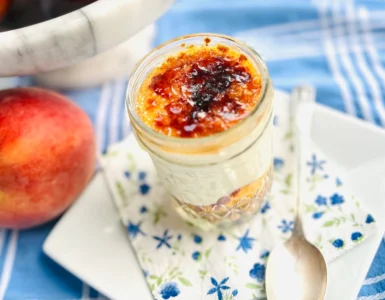It seems like a cruel joke that turkey, one of the hardest meats to roast to perfection, is the centerpiece of a Thanksgiving meal.
But with these simple techniques, you can master the techniques necessary to have a great turkey.
Step 1: Brine your turkey. The night before you plan to cook your turkey, place your turkey in a large clean bucket, add enough water to completely cover the turkey. Make sure the bird stays completely immersed. Add one cup salt for every gallon of water. Place something heavy on top of the bird, and then add enough ice on top of the turkey to keep the water below 41°. Chef’s Note: If your turkey says “Moisture added,” or “up to X% saline added” it shouldn’t be brined.
Step 2: Dry your turkey really well before placing it in the oven. Pat dry with paper towels, and carefully discard any excess brine.
Step 3: Invest in a good “leave in” oven thermometer. Your target temperature for food safety is an internal temperature of 165° after a 30 minute rest. For optimum eating enjoyment, the white meat is best cooked to 165°, and the dark meat to 180°. Place the probe for your leave in thermometer in the thickest part of the breast. Chef Tom prefers the Chef Alarm, from Thermoworks.
Step 4: Baste and baste again. When you baste a bird with water, the evaporation of the water cools the skin of the turkey. This helps keep the outer part of your turkey from getting dry, while still allowing the inner part of your turkey to cook to a safe temperature. Chef’s Note: draw your basting liquid from the bottom of the pan drippings for the majority of the cooking time. But for the last hour, carefully draw the top of the pan drippings. This will give you water basting liquid for the first part of the cooking process, but will give you oil for the last part. The oil baste for the last hour helps ensure that your skin will be crispy when it’s time to serve.
Step 5: As your turkey breast gets closer to its target temperature of 165°, lightly cover the breast meat with foil. This will reflect the heat, and slow the cooking of the light meat, while giving the dark meat in the legs and thighs a chance to get to a higher temperature. Chef’s Note: I recommend tenting the white meat at 140° F.
Step 6: Pull the turkey from the oven when the breast meat measures 157° in its thickest part, and a thigh reads 170°. Check at least two points in the thickest part of each breast and thigh before pulling it from the oven. Cover the entire turkey in foil, and let it rest for 30 minutes before carving. The turkey will continue to cook, and will see a 5-10° increase in temperature in the middle. Chef’s Note: I recommend spot checking temperatures with the Thermapen.















Add comment